A valve actuator is the mechanism for opening and closing a valve. Manually operated valves require someone in attendance to adjust them using a direct or geared mechanism attached to the valve stem. Power-operated actuators, using air pressure, hydraulic pressure, or electricity, allow a valve to be adjusted remotely or allow rapid operation of large valves.
These valve actuators may be the final elements of an automatic control loop which automatically regulates some flow, level, or other processes. Actuators may be only to open and close the valve, or may allow intermediate positioning; some valve actuators include switches or other ways to remotely indicate the position of the valve.
Valve Actuators
Advantages and Disadvantages of Valve Actuators like Spring and diaphragm Actuators, Pneumatic piston Actuators, Electric Actuators, Hydraulic Actuators.
Spring and diaphragm Actuators
Spring and diaphragm pneumatic actuators can be “direct-acting”, meaning that air to the diaphragm casing pushes the actuator stem downward. This “air-to-close” action compresses the spring, which in turn pushes the actuator stem back up when the supply pressure is decreased or lost.
Additionally, spring and diaphragm pneumatic actuators can be “reverse-acting”, meaning that air to the diaphragm casing causes the actuator stem to move upward. This “air-to-open” action compresses the spring, which in turn causes the actuator stem to move downward when supply pressure is decreased.
Advantages
- Lowest cost
- Ability to throttle without positioner Simplicity
- Inherent failure-mode action
- Low supply-pressure requirement
- Adjustability to varying conditions
- Ease of maintenance
Disadvantages
- Limited output capability
- Large size and weight
High-pressure spring and diaphragm Actuators
Spring-based actuators hold back spring. Once the command was sent to the valve or power is lost, the spring is released, then it will operate the valve.
Advantages
- Compact, lightweight
- No spring adjustment needed
- Costly cast components not needed
- Inherent fail-safe action
- No dynamic stem seals or traditional stem connector block needed
- Design can include integral accessories
Disadvantages
- Requires high supply pressure 40 psig (2.8 bars) or higher
- Positioner required for throttling
Pneumatic piston Actuators
A pneumatic control valve actuator converts energy (typically in the form of compressed air) into mechanical motion. The motion can be rotary or linear, depending on the type of actuator.
A Pneumatic actuator mainly consists of a piston that develops the motive power. It keeps the air in the upper portion of the cylinder, allowing air pressure to force the diaphragm or piston to move the valve stem or rotate the valve control element.
Advantages
- High force or torque capability
- Compact, lightweight
- Adaptable to high ambient temperatures
- Fast stroking speed
- Relatively high actuator stiffness
Disadvantages
- Fall-safe requires accessories or the addition of a spring
- Positioner required for throttling
- Higher cost
- High supply-pressure requirement
Electric motor Actuators
An electric actuator is powered by a motor that converts electrical energy into mechanical torque. The electrical energy is used to actuate equipment such as multi-turn valves.
Advantages
- Compact
- Very high stiffness
- High output capability
- Supply pressure piping not required
Disadvantages
- High cost
- Lack of fail-safe action
- Limited duty cycle
- Slow stroking speed
Electro-Hydraulic Actuators
Hydraulic systems work because of Pascal’s law, which states that an increase of pressure in any part of a confined fluid causes an equal increase of pressure throughout the container. If force is applied to one part of a hydraulic system, it travels through the hydraulic fluid to the rest of the system.
Advantages
- High output capability
- High actuator stiffness
- Excellent throttling ability
- Fast stroking speed
Disadvantages
- High cost
- Complexity and maintenance difficulty
- Fail-safe action only with accessories
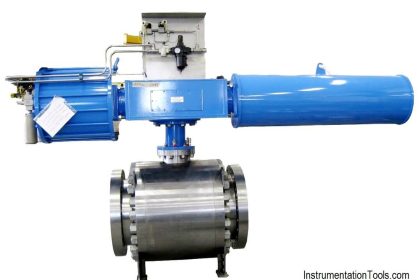
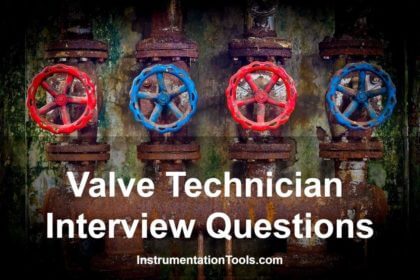
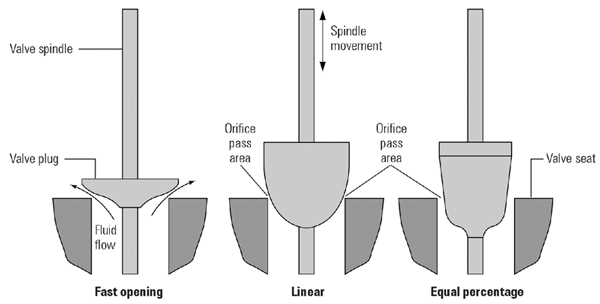
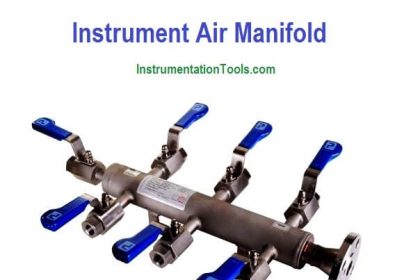
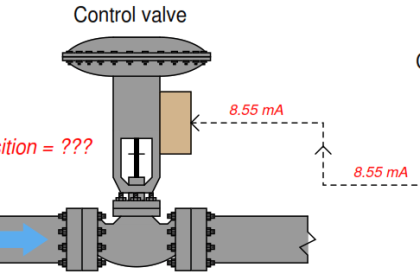
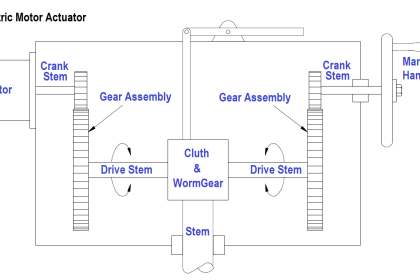
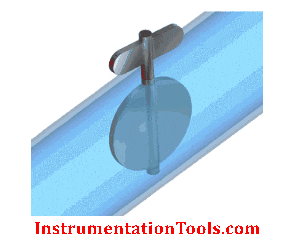
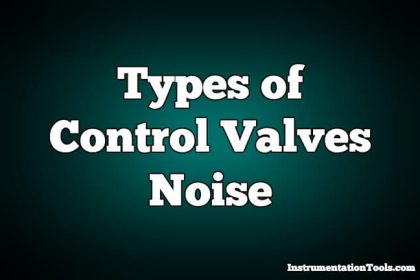
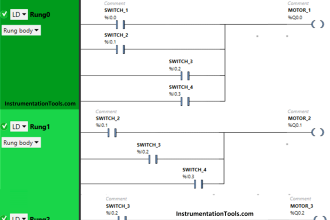
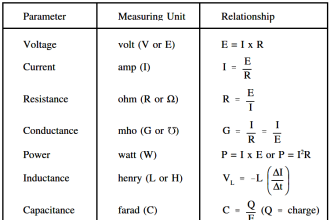
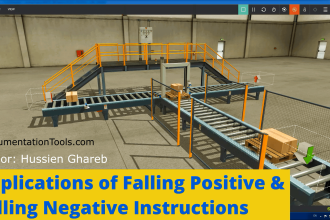
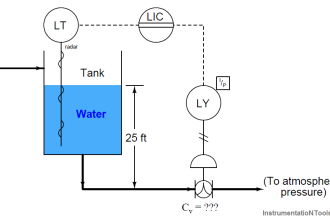
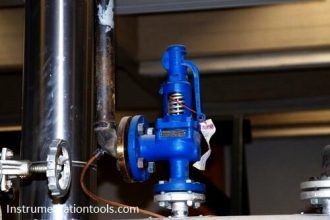
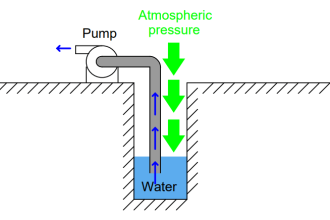
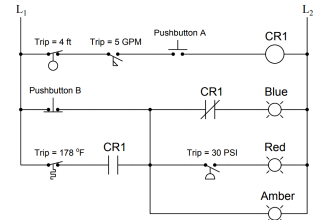


Greetings to all,
Please can l have books covering all these topics.